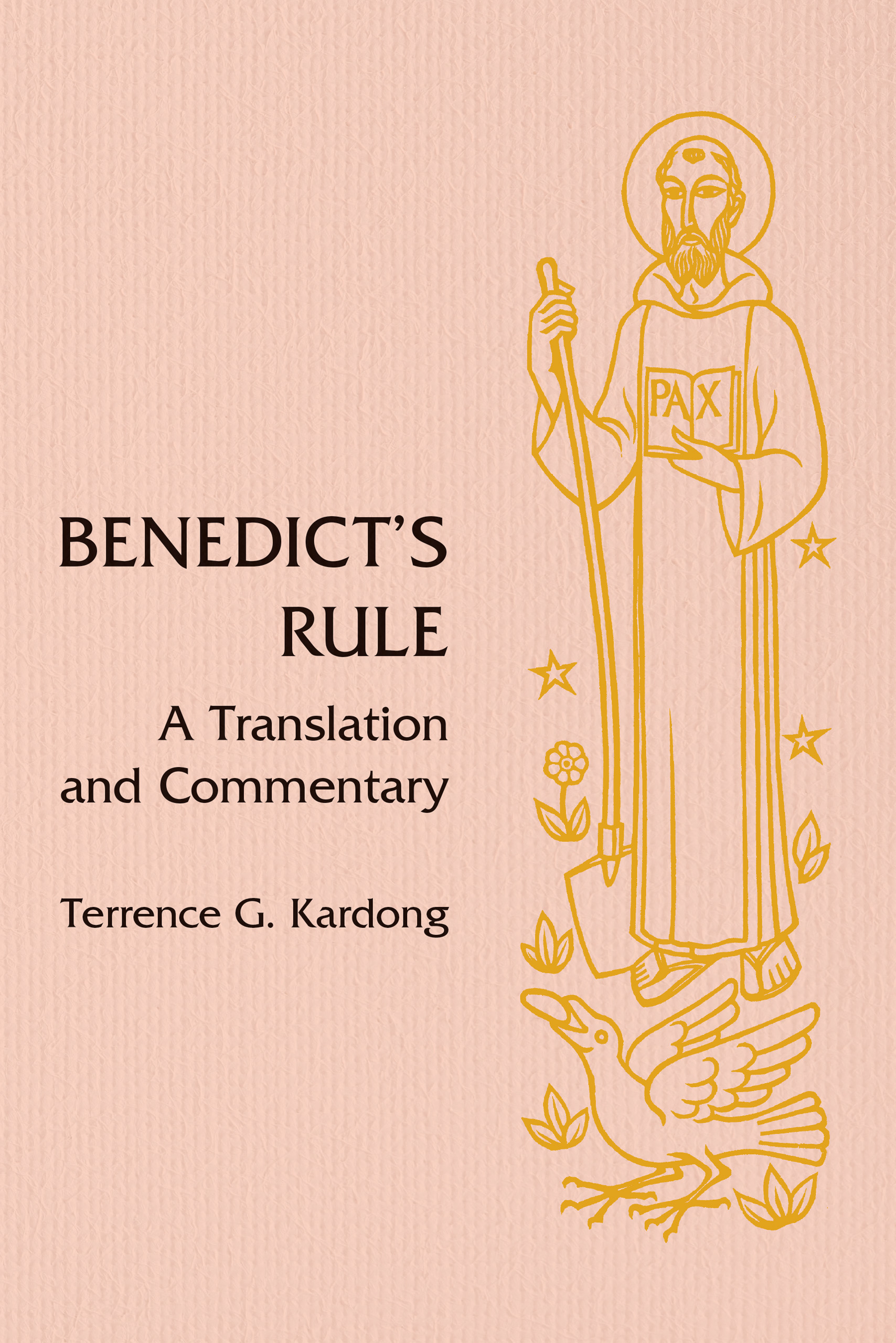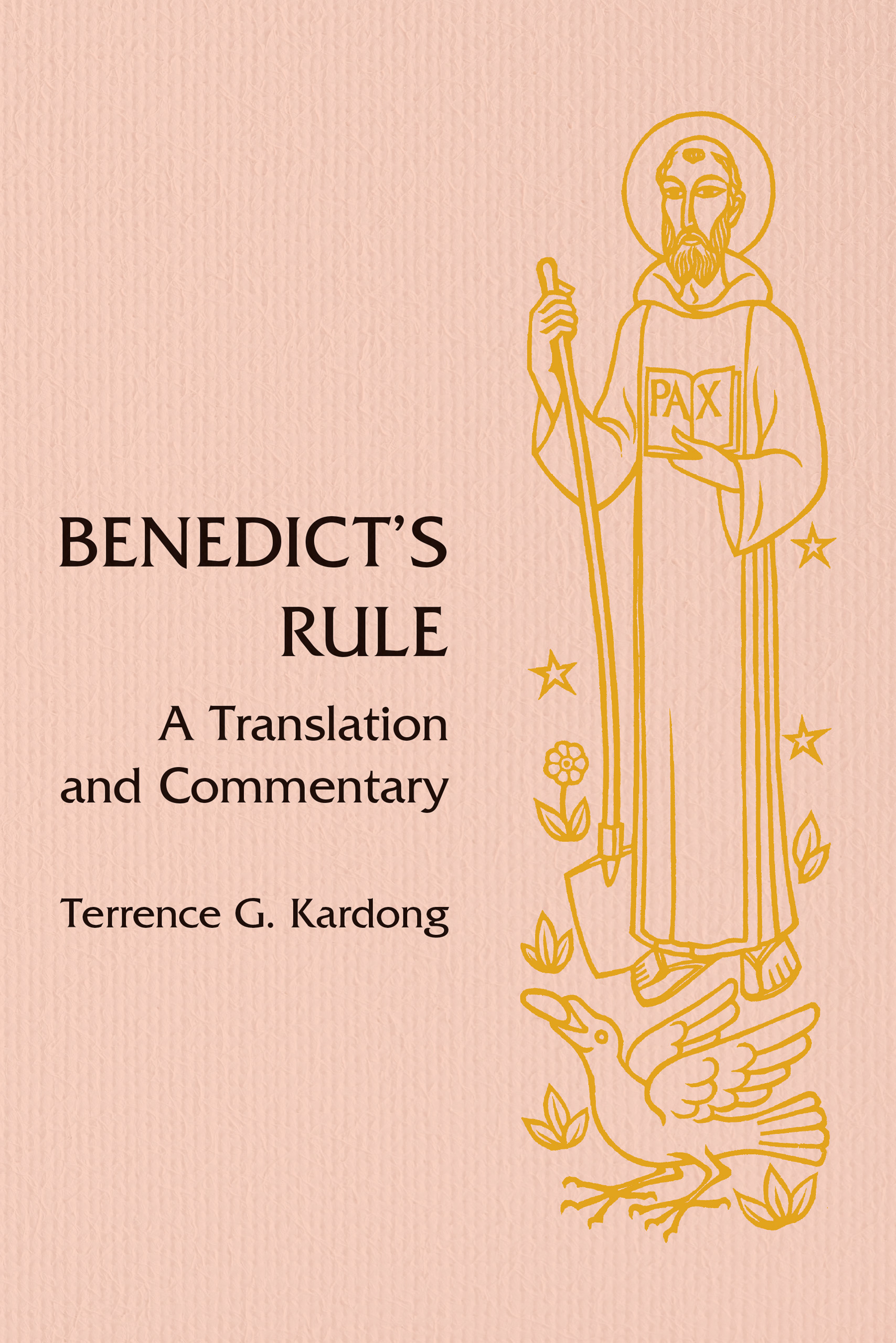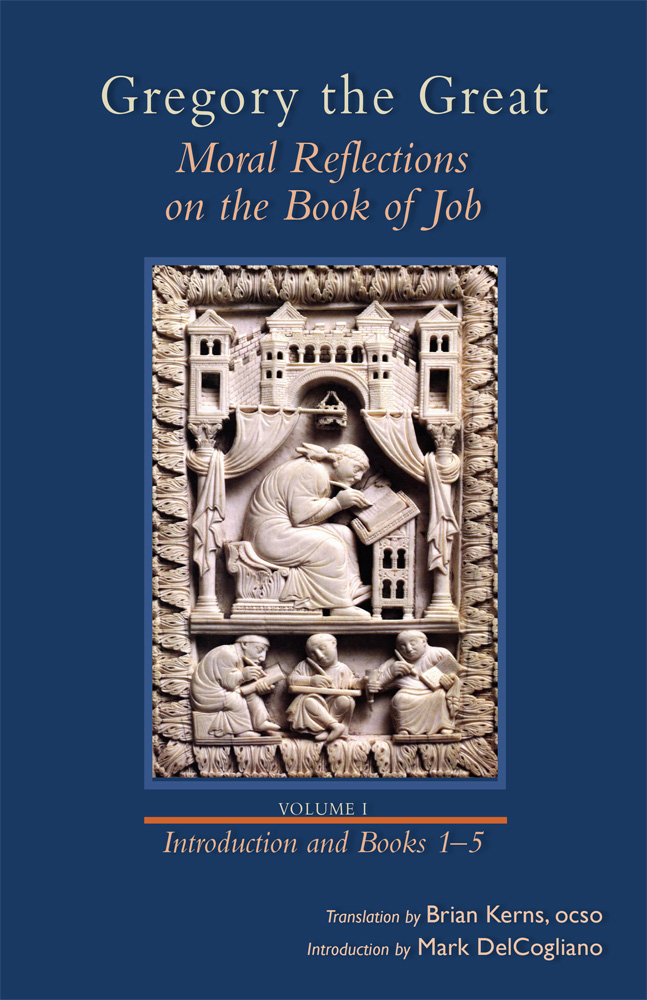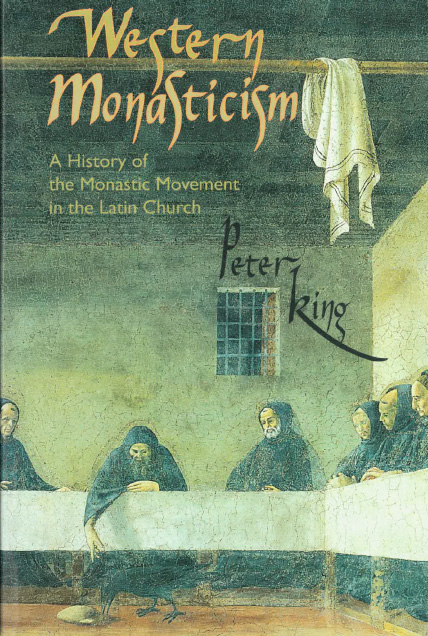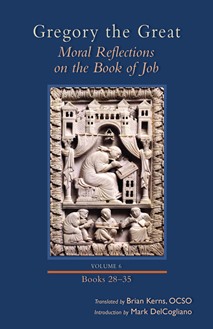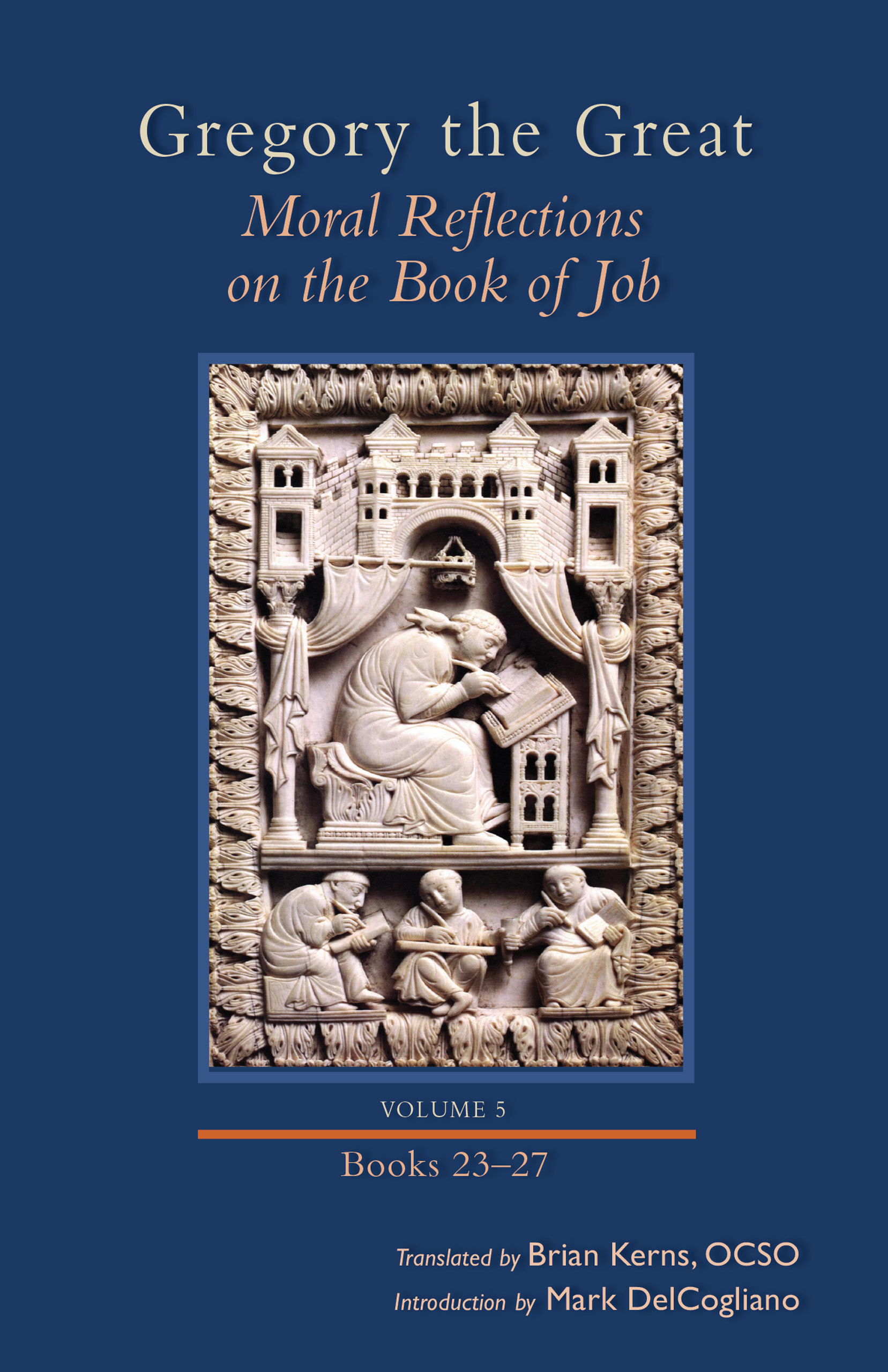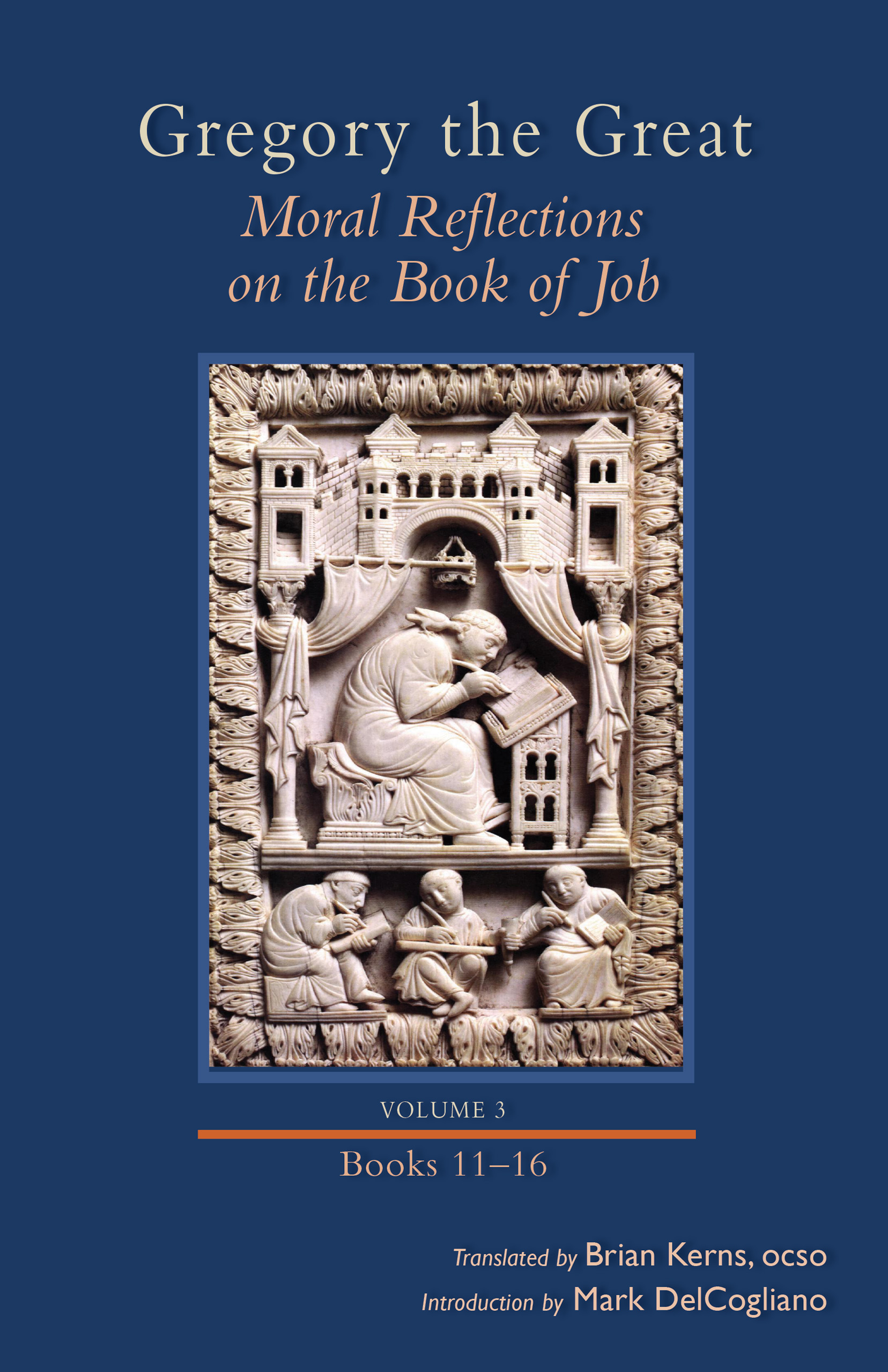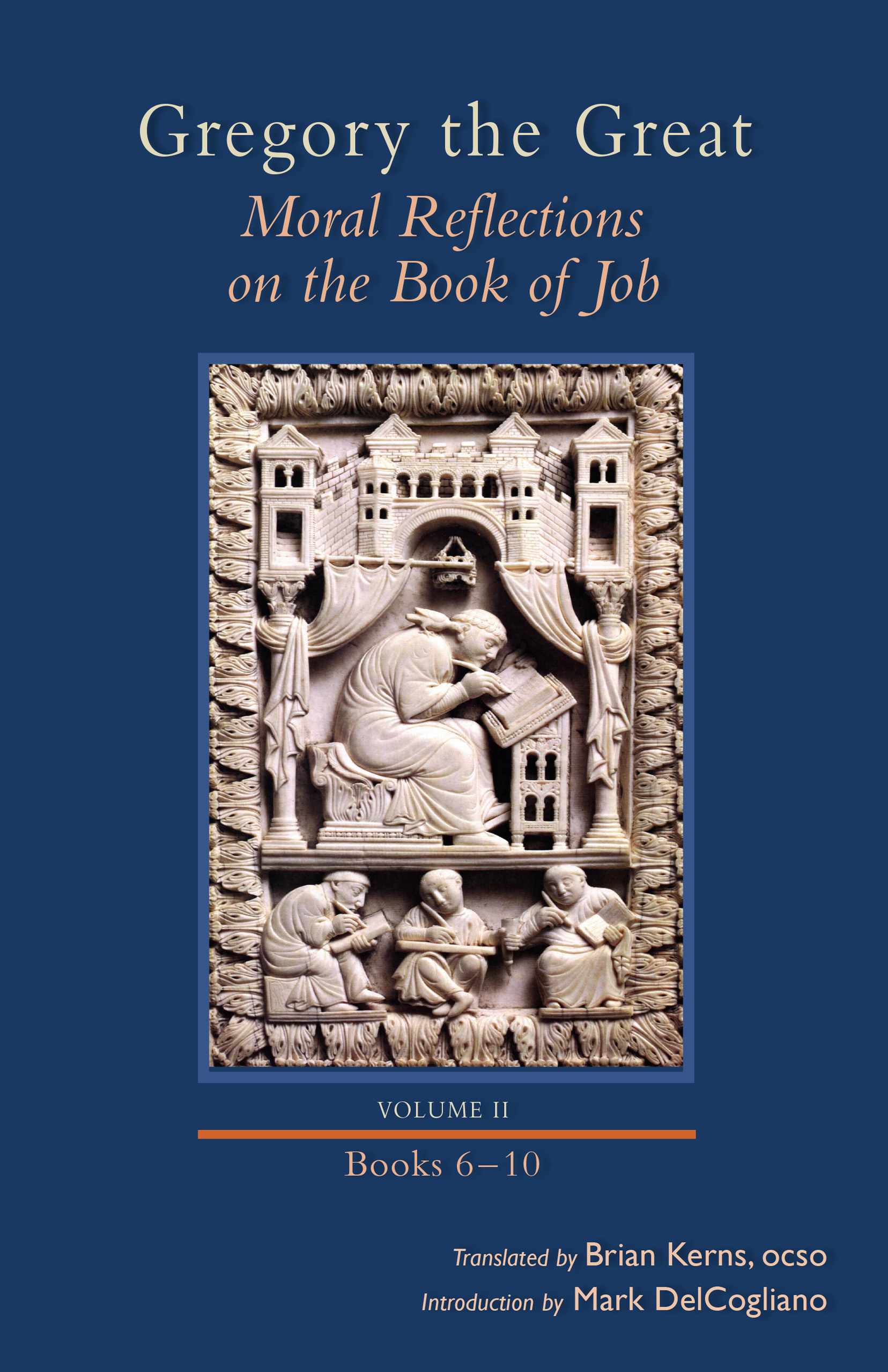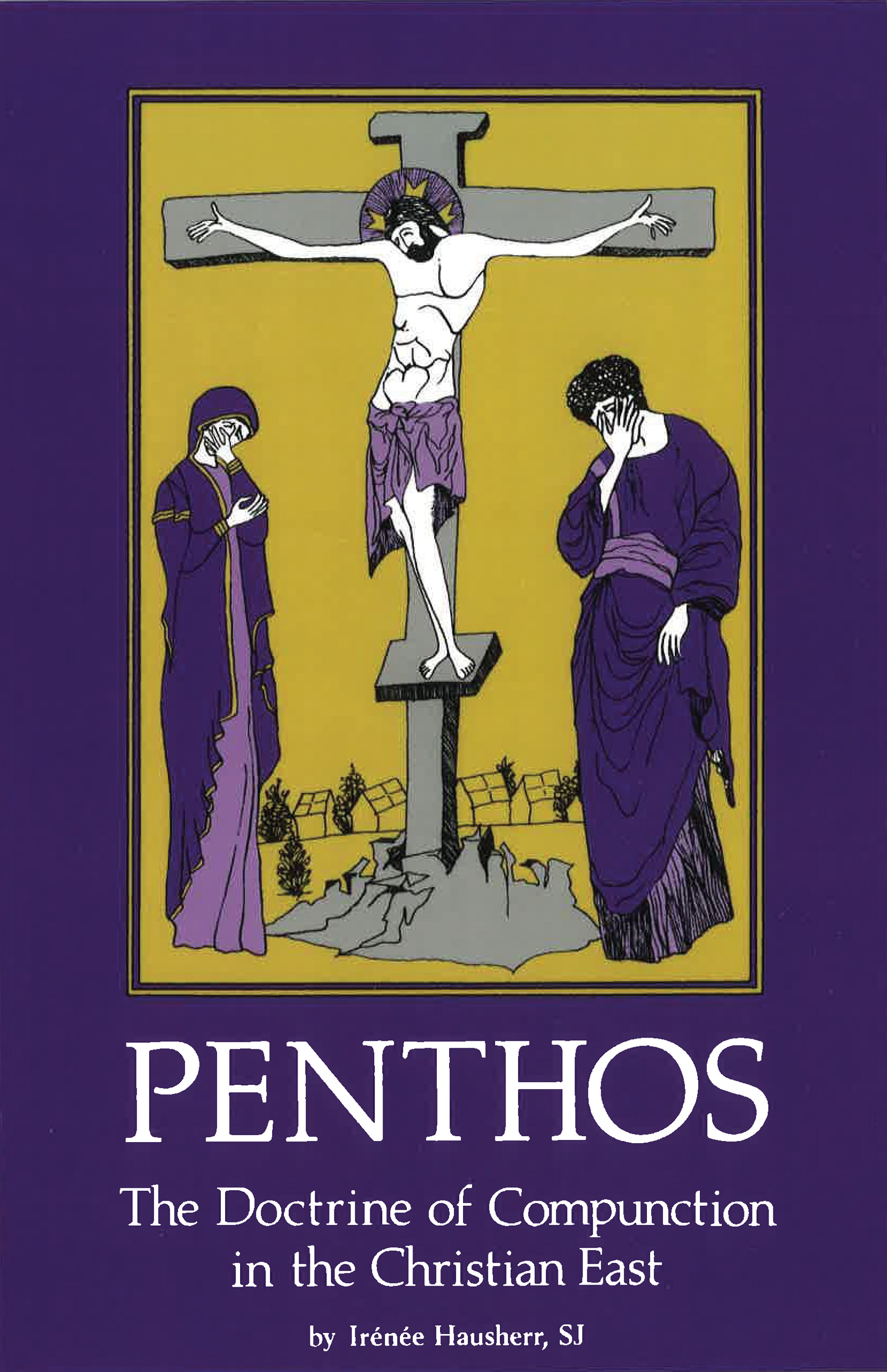This little book of inspiration is for those devoted to the saints, and anyone seeking meaning in life. St. Maria Faustina Kowalska and St. Pope John Paul II have improved the lives of millions: Catholics, Protestants, non-believers, students, priests, parents, perhaps even you. This compendium of their teachings is to carry you wherever you go.
St. Maria Faustina Kowalska was born Helena Kowalska on August 25, 1905 in a small village northwest of Lodz, Poland. She was the third of ten children, and worked as a housekeeper before joining the Congregation of the Sisters of Our Lady of Mercy in 1925 at the age of twenty.
While working in various capacities as a religious sister, and serving the needs of others, Sister Maria Faustina began to develop a rich prayer life. She soon became noted for her mystical communion with God. She received revelations from Jesus, and then began recording them in her now-famous Diary.
Countering the notion of a judgmental God who is far off and who may hesitate to forgive sins, Sister Maria Faustina heard from Jesus a message of mercy, love, and forgiveness. These messages have inspired people for nearly a century. Sister Maria Faustina died of tuberculosis in Krakow on October 5, 1938.
She was beatified by Pope John Paul II, the first Polish pope, in 1993. She was canonized seven years later, on Divine Mercy Sunday, in 2000. Her name will be forever linked to the Feast of the Divine Mercy, established by Pope John II when she was canonized. She also inspired the Divine Mercy image, which was created at her instigation and based upon her vision.
St. Pope John Paul II was born Karol Jozef Wojtyla on May 18, 1920 in Wadowice, Poland. His mother died when young Karol was only eight, and his father, when he was twenty. Karol was successful in athletics, theater, and as a student at university. During World War II, he enrolled in an underground seminary in Kraków. Ordained a priest after the war, he left for Rome where he earned his doctorate in theology.
Returning to Poland, he pastored in rural parishes, served as a chaplain for university students, and taught philosophy at the University of Lublin. He became auxiliary bishop of Kraków in 1958, as well as a figure to be watched closely by Communist authorities.
As a bishop, he participated fully in the Second Vatican Council. He became archbishop of Kraków in 1964, and cardinal three years later. He was elected pope in October 1978 and took the name of his immediate predecessor who had died tragically soon after his own election. Over a long, productive twenty-seven year papacy, he became the most traveled pope in history, and played a major role in the collapse of Communism throughout Eastern Europe. He wrote many important encyclicals, inspired youth, and promoted interfaith initiatives between Catholics and Jews, Muslims, and the Orthodox Churches.
Pope Benedict XVI beatified John Paul II in 2011, and Pope Francis canonized him in St. Peter’s Square on April 27, 2014.

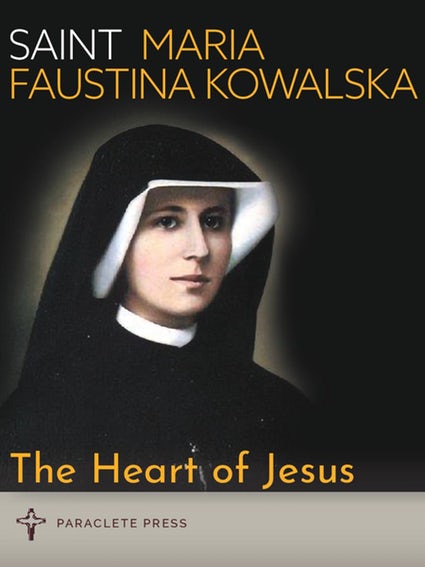
 Back
Back
